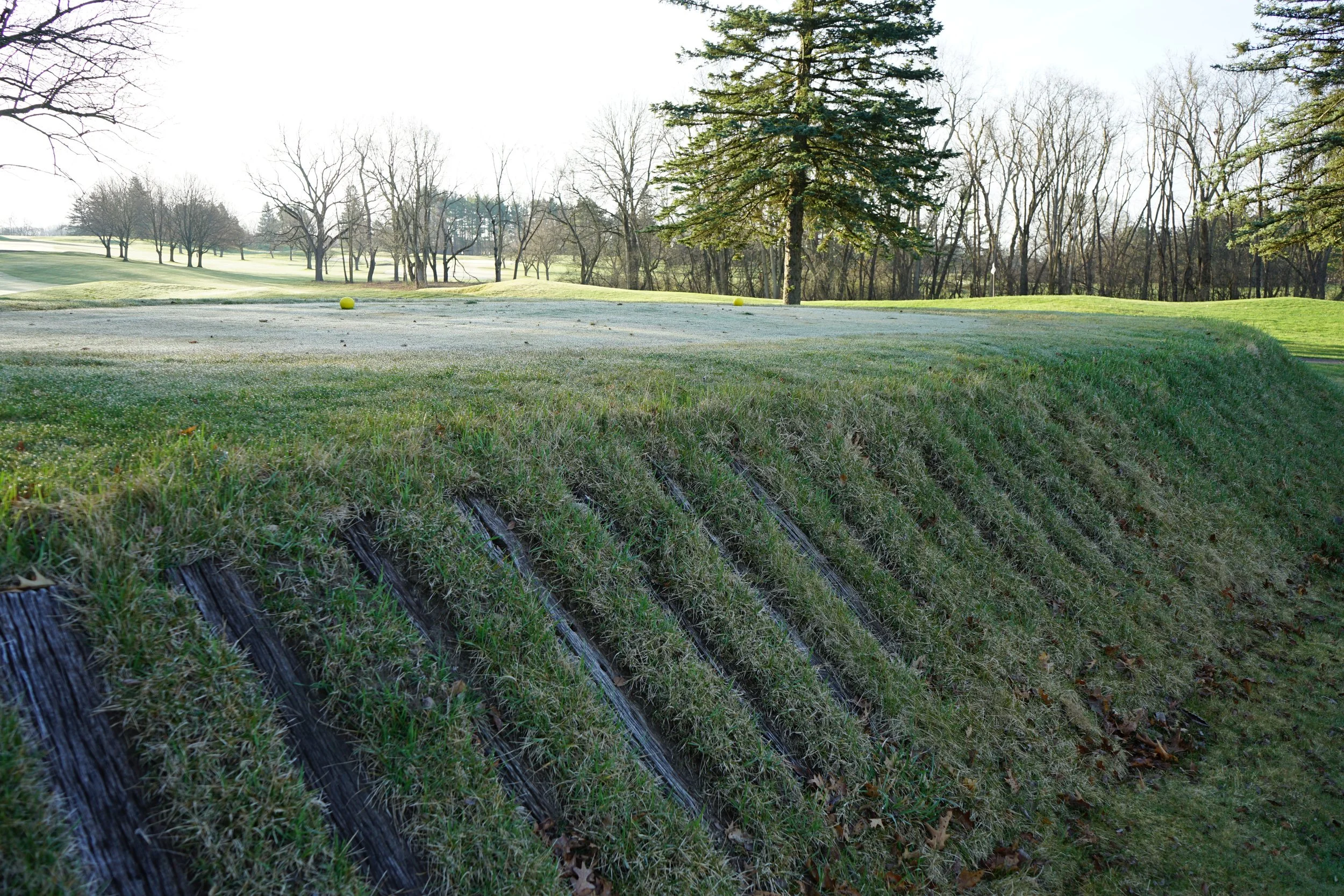Turfgrass
The future of golf course management lies in the adoption of organic practices that prioritize soil health for optimal turfgrass performance. An organic management system emphasizes sustainable, environmentally-friendly approaches, departing from conventional methods reliant on synthetic chemicals. By prioritizing soil health, organic golf course management presents several key advantages.
-
Organic practices, such as compost application and reduced chemical inputs, promote healthier soil structures and enhance microbial diversity. This fosters a balanced soil biome, crucial for nutrient cycling, disease suppression, and overall soil vitality.
-
Organic management focuses on natural fertilization through composting and the use of organic amendments, minimizing reliance on synthetic fertilizers. This sustainable nutrient approach ensures optimal soil fertility without the environmental risks associated with chemical runoff.
-
Organic practices limit the use of synthetic pesticides and herbicides, prioritizing biological controls and cultural management techniques. This reduction in chemical dependency benefits soil health, minimizes environmental impact, and promotes long-term sustainability.
-
Organic soil amendments contribute to improved water retention, reducing the need for excessive irrigation. This not only conserves water resources but also supports the development of drought-resistant turfgrass.
-
A focus on soil health translates to healthier turfgrass with increased resistance to pests and diseases. Organic management builds resilient ecosystems, minimizing the need for reactive interventions and creating conditions conducive to vibrant, disease-resistant turf.
-
Organic golf course management aligns with broader trends in sustainable and environmentally responsible practices. It positions golf courses as stewards of the environment, contributing to biodiversity, carbon sequestration, and overall ecosystem health.
By prioritizing soil health, an organic golf course management system not only ensures optimal turfgrass performance but also represents a forward-looking approach that aligns with the growing emphasis on sustainability in the golf industry. This shift acknowledges the interconnectedness of soil health, environmental impact, and the long-term viability of golf courses, setting the stage for a more ecologically responsible and resilient future.
Read More.




















